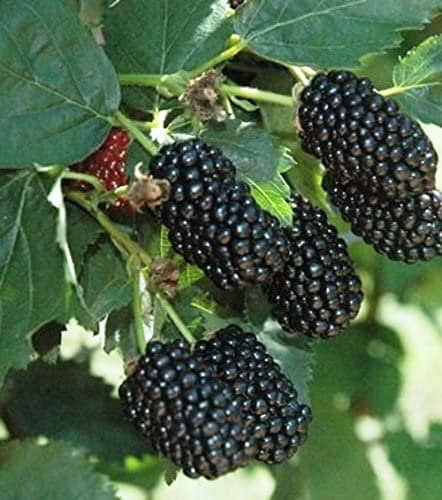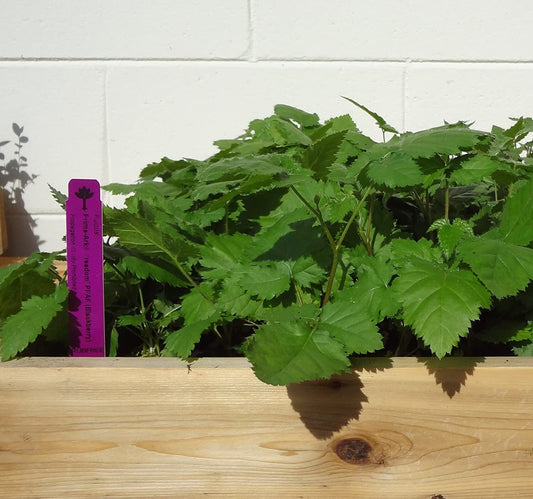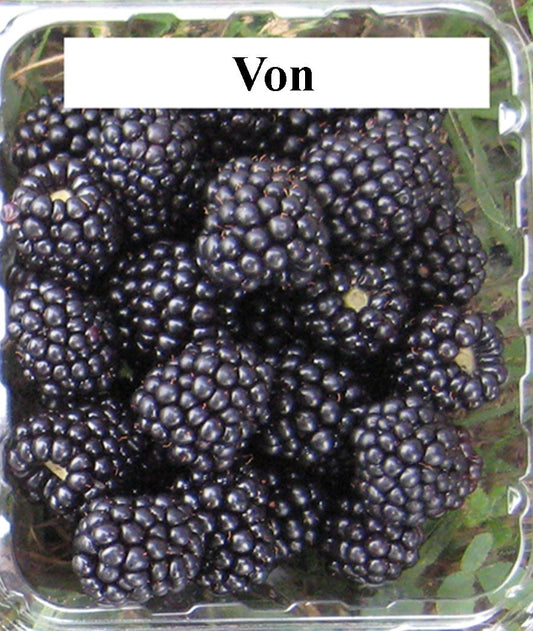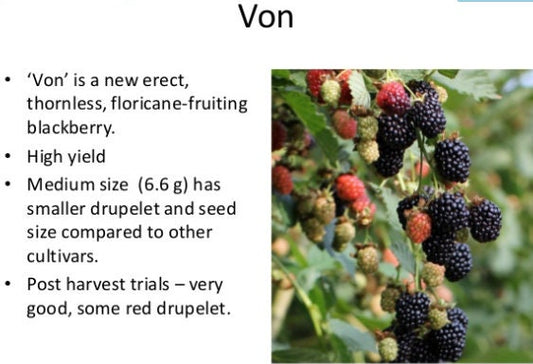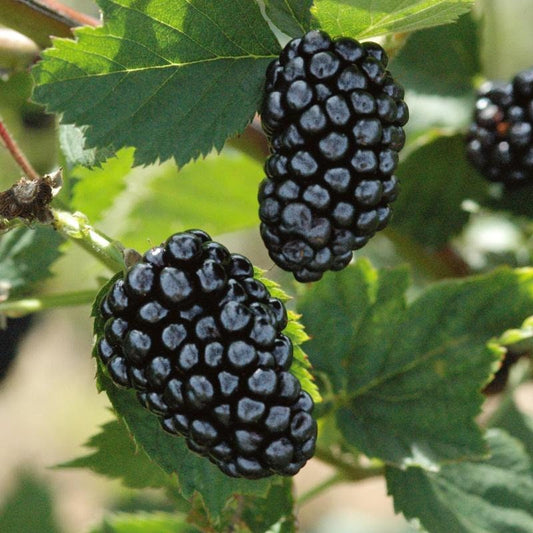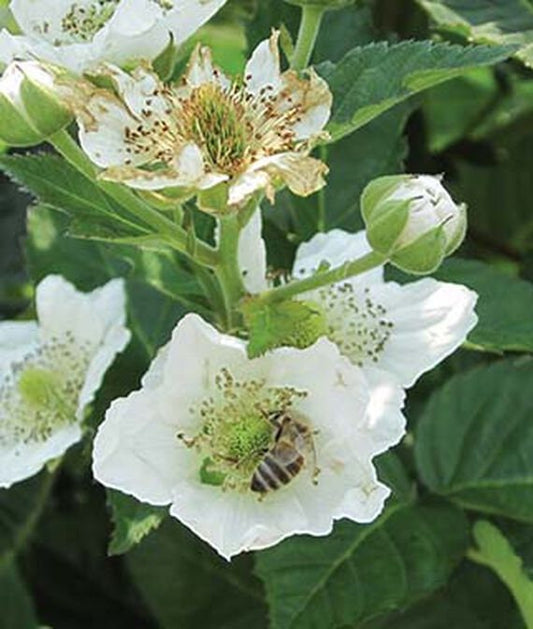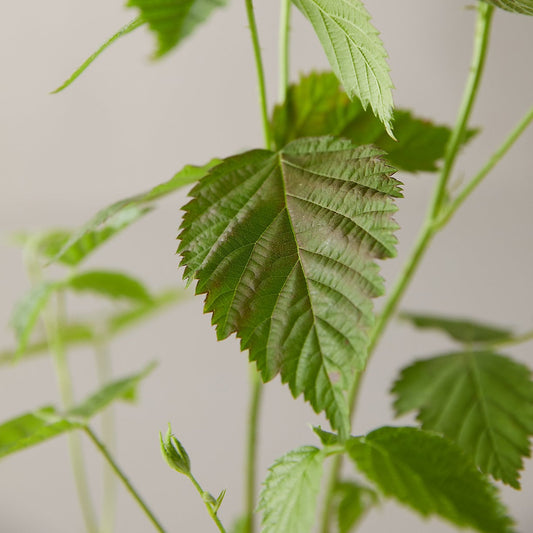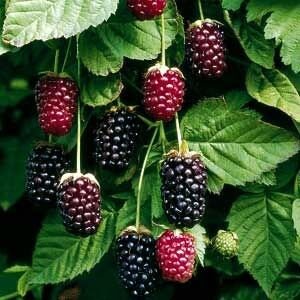The Ultimate Guide to Growing Triple Crown Blackberries
Triple Crown blackberries, named for their exceptional attributes—flavor, productivity, and vigor—offer gardeners the chance to cultivate an award-winning variety right in their backyards. This thornless variety is a late-season producer, renowned for its large, juicy berries that are perfect for eating fresh, baking, or preserving. Ideal for USDA zones 5-9, Triple Crown blackberries are not only a delicious choice but also an ornamental one, thanks to their attractive, thornless canes. Whether you're an experienced gardener or a novice eager to delve into the world of berry cultivation, this guide will lead you through the steps to grow and harvest Triple Crown blackberries successfully.
Understanding Triple Crown Blackberries
Triple Crown blackberries are a semi-erect, thornless blackberry variety developed by the USDA breeding program. They are known for their extended harvest period in late summer, offering a bounty of sweet, flavorful berries. The plants are vigorous growers and can reach up to 5-6 feet in height and spread, making them a substantial addition to any garden or landscape.
Selecting the Right Location
1. Sunlight Needs: Triple Crown blackberries require full sun to produce the best fruit. A location that receives at least six to eight hours of direct sunlight daily is essential for optimal growth and berry production.
2. Soil Requirements: These blackberries prefer well-draining, fertile soil with a slightly acidic to neutral pH (5.5-7.0). Enriching the soil with organic matter before planting can enhance soil health and support robust plant growth.
Planting Triple Crown Blackberries
1. Optimal Planting Time: The best time to plant Triple Crown blackberries is in early spring, after the last frost, which allows the plants to establish before the growing season.
2. Planting Method: Dig a hole twice as wide and as deep as the root ball of your plant. If planting multiple canes, space them about 5-6 feet apart to allow for adequate air circulation and growth. Mix in compost or aged manure to enrich the soil, then plant the cane, backfilling the hole and watering thoroughly.
Care and Maintenance
1. Watering: Regular watering is crucial, especially during the first growing season and in periods of drought. Water deeply and regularly, allowing the soil to dry out slightly between waterings.
2. Mulching: Apply a 2-3 inch layer of organic mulch around the base of the plants to retain soil moisture, regulate soil temperature, and suppress weed growth.
3. Fertilization: Use a balanced, slow-release fertilizer in early spring to promote healthy growth. A second application after the initial fruit set can encourage continued productivity.
4. Pruning: Prune Triple Crown blackberries in late winter or early spring to remove any dead or diseased wood, promote air circulation, and maintain the desired shape. This variety benefits from trellising to support its semi-erect canes.
Harvesting Triple Crown Blackberries
Triple Crown blackberries are typically ready for harvest in late summer. The berries are ripe when they turn deep black and detach easily from the plant. Regular harvesting encourages the plant to produce more fruit, extending the harvest period.
Overcoming Challenges
While Triple Crown blackberries are relatively disease-resistant and hardy, they can still face challenges from pests and environmental stressors. Implementing integrated pest management practices and providing adequate care can help ensure a healthy and bountiful harvest.
Conclusion
Growing Triple Crown blackberries is an enriching experience that offers gardeners the chance to enjoy some of the sweetest and most bountiful berries available. By following these guidelines and providing the right care, you can look forward to a summer filled with delicious, home-grown blackberries. Whether you're a seasoned gardener or just starting, Triple Crown blackberries are a rewarding addition to any garden, promising both beauty and taste.
